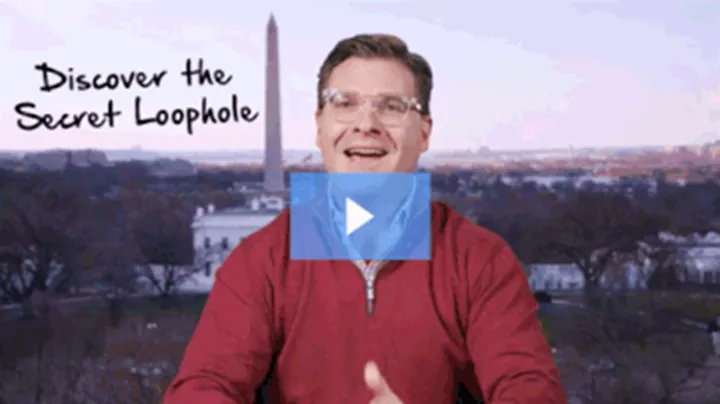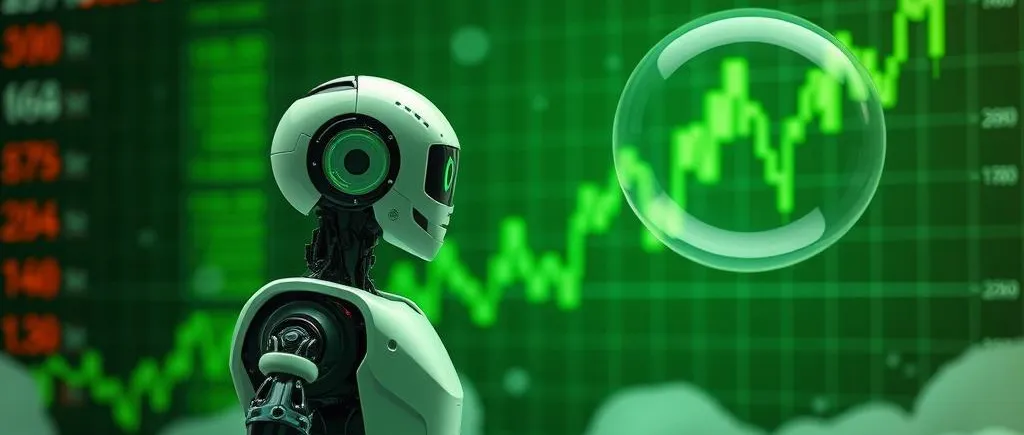Safety Concerns and Mounting Skepticism
Safety Questions
NHTSA investigating fatal accident involving Tesla FSD that killed pedestrian
While fans of Musk and Tesla have expressed enthusiasm for the robotaxi service pilot, others with automotive safety concerns and who stand against Musk's political ideology are planning protests. Dan O'Dowd, who runs Green Hills Software, told CNBC that the software is "nowhere near done" and shouldn't be taking to the streets, stating "This software does not know how to recognize a school bus."
The National Highway Traffic Safety Administration has announced several investigations into the safety of Tesla's FSD, including a fatal accident in which a car using the feature hit and killed a pedestrian. Despite Tesla originally planning to launch the robotaxi service on June 12, and now "tentatively" on June 22, the automaker posted a new job listing days ago for engineers to help build a low-latency teleoperation system to operate its "self-driving" cars and robots.
Playing Catch-Up to Waymo's Proven Track Record
Waymo's Lead
Already providing 250,000 paid rides weekly across four U.S. cities with 10+ million total rides
Tesla will be playing catch-up to far more established services, including Google's Waymo, which is already providing 250,000 paid rides a week in four US cities—San Francisco, Los Angeles, Phoenix and Austin. Waymo last month announced that its 1,500 vehicles had logged more than 10 million paid rides—up from 5 million rides through the end of last year.
Waymo tested its self-driving vehicles in Austin for six months with safety drivers and then for another six months without safety drivers before launching its autonomous ride-hailing service in the city. Musk has spent years claiming Teslas would be able to drive themselves, famously claiming in 2019 that Tesla would launch a robotaxi service in 2020 featuring 1 million driverless vehicles—a promise that never materialized.
History of Missed Deadlines Raises Stakes
Track Record
Musk has promised autonomous driving "next year" every year for the past decade
Musk has claimed that Tesla would achieve unsupervised self-driving every year for the last decade, with the predictions becoming "a running gag" according to industry observers. The launch of Tesla's robotaxi network has been delayed before, with previous reporting from Bloomberg suggesting Tesla was targeting a rollout on June 12—which obviously didn't happen.
Musk cautioned in his social media post that the June 22 date was tentative because Tesla is "being super paranoid about safety." That comment could prove revealing, as it suggests engineers may be struggling behind the scenes to ensure the software is ready for public deployment.
What This Could Mean for Investors
Tesla needs a turnaround as the company has experienced plunging sales and profits, including its first drop in annual sales last year and its biggest drop in quarterly sales. Today's launch represents a binary moment that could either validate years of investor faith in Musk's autonomous vision or expose fundamental flaws in Tesla's approach to self-driving technology.
Technical analysis suggests Tesla shares are testing major support levels around $265, with key overhead resistance near $365 that could signal a major breakout if the robotaxi launch succeeds. For investors watching today's developments, the market reaction in the coming hours and days could present either significant opportunity or major risk depending on early reports from Austin.
The window for positioning ahead of what could be the most consequential product launch in Tesla's history is rapidly closing.







